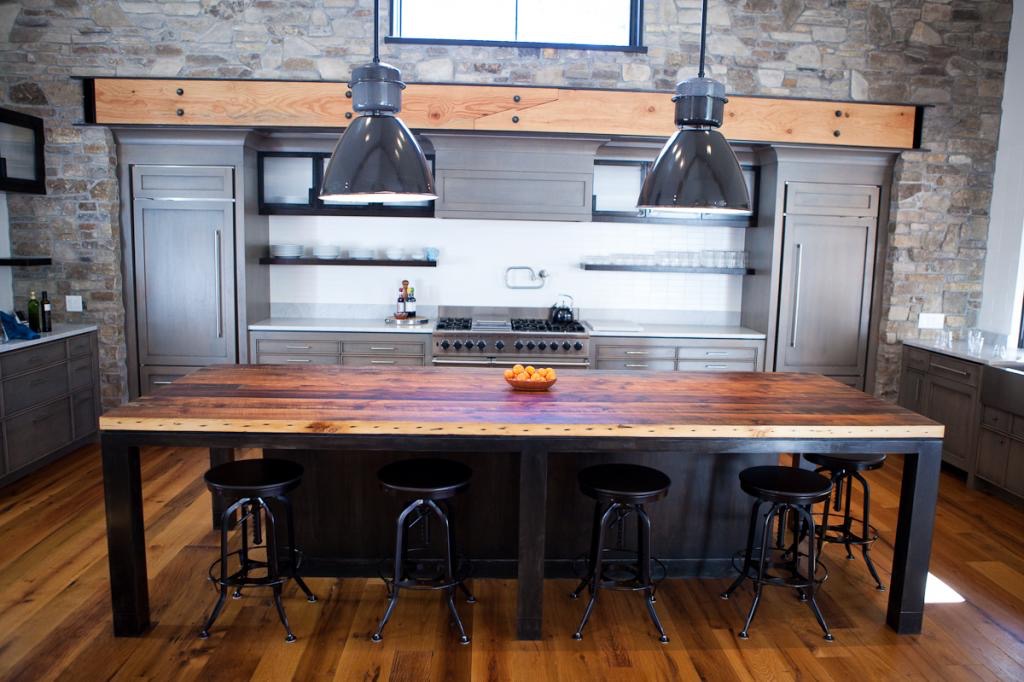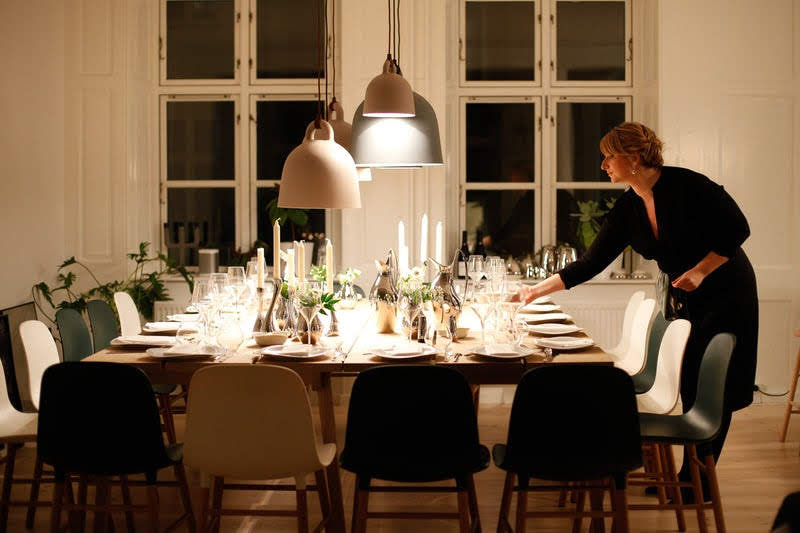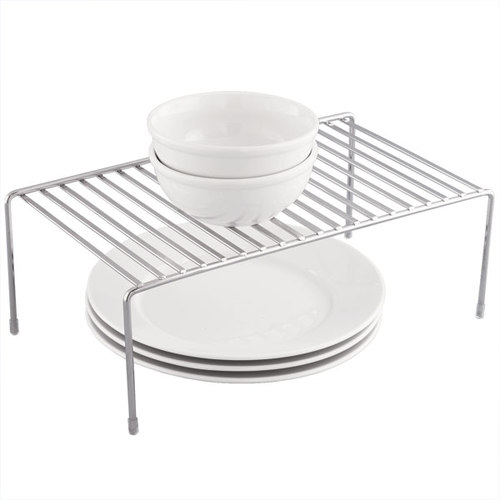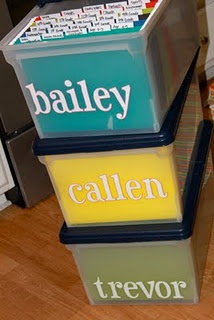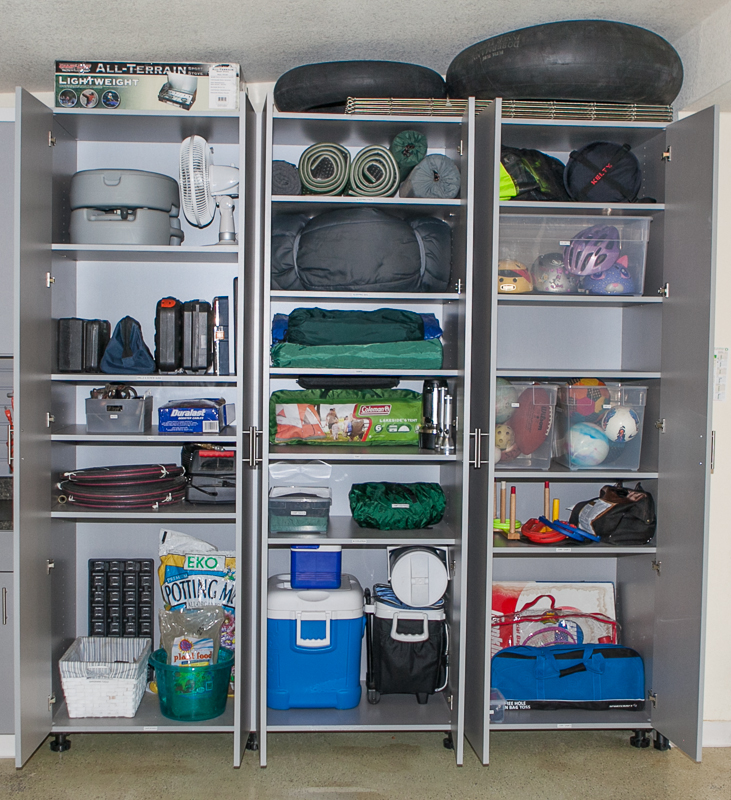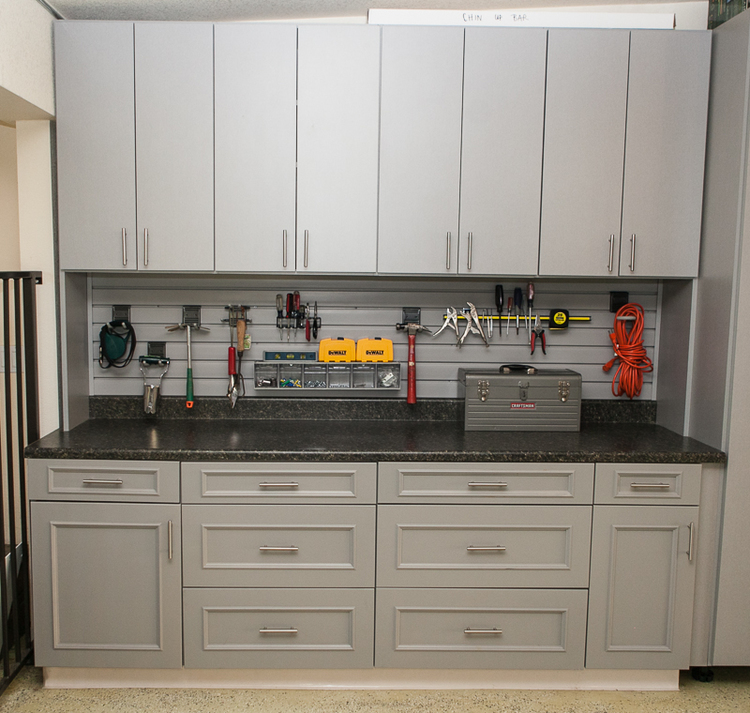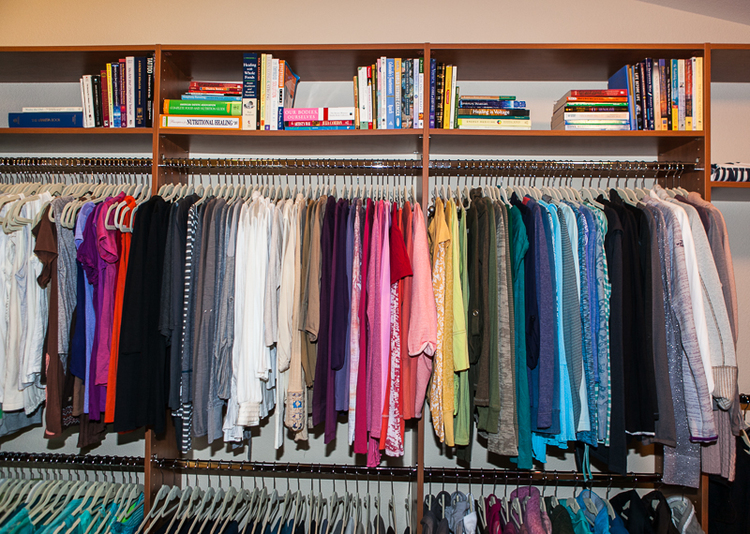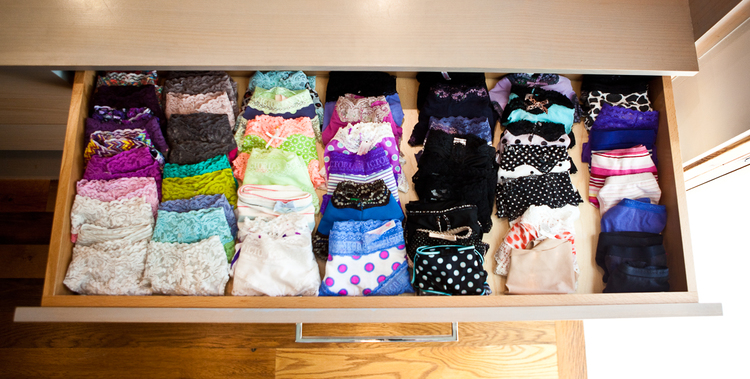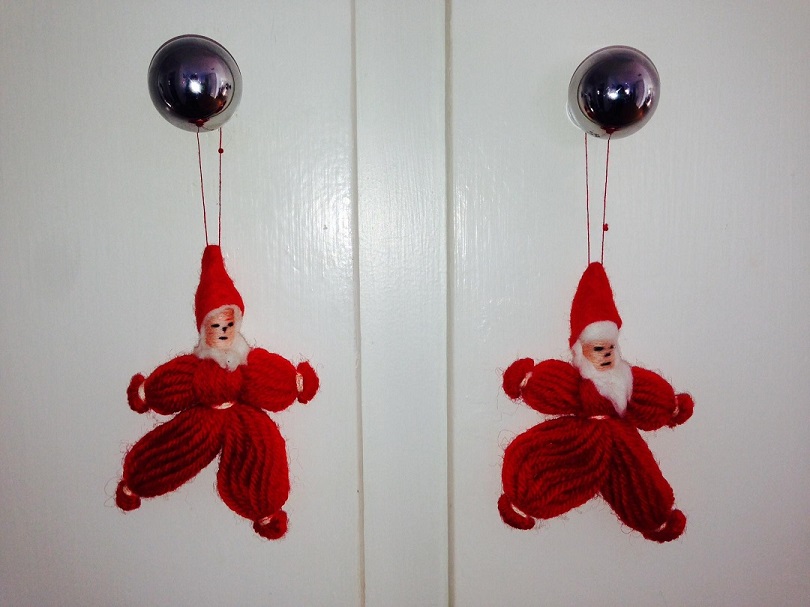Quick Tips: Controlling Kitchen Chaos!
/1. Unearth Secret Storage.
Think outside the box. Finding unique ways to use awkward spaces will help transform space that appears unusable to really useful
Use a Lazy Susan for storing canned goods, spreads and cooking oils.
Adjust your shelves to fit more contents.
Upright storage for cookie sheets and cutting boards, keeping everything in sight and easy to grab by adding a couple of inexpensive tension curtain rods inside a base cabinet!
2. Customize Your Pantry.
Pantries are usually deep and awkward. Cabinet shelf dividers create more space
Use a Hanging Shoe Holder for storing kitchen tools or snacks!
Shelf Risers quickly help you find what you are looking for.
3. Minimize Small Appliances.
Keep you counters clear of clutter - only keep out what you use daily.
4. Always Store Like Items Together.
You will be surprised at how many of the same items you have, when they are all together!
5. Get Rid of Bulky Packaging.
Clear canisters let you see what have and what you are running low on
6. Free Up Your Counter Space.
Use hanging baskets to display fruit/vegetables, so that way you actually eat them; instead of letting them rot in the fridge or take up MORE space on your counters!
7. Hang a Rack.
Yes, just like the ones you have in your shower - but use them on the inside of a cupboard, underneath the sink to keep dish soap and sponges handy
8. Too Many Cookie Cutters?
Use a paper towel holder to store them!
9. Pegboards.
Hang a sheet of pegboard, add a few hooks and Voila! You've got plenty of versatile hanging storage!
10. Designate ONE junk drawer!
Use dividers to maximize the space and maintain organization!




